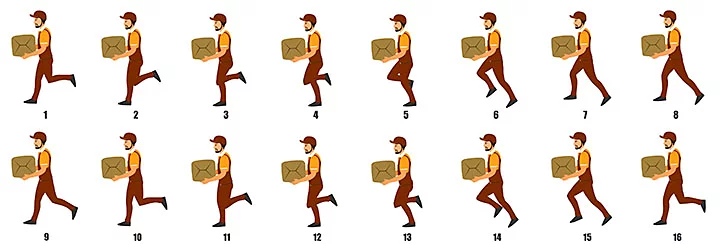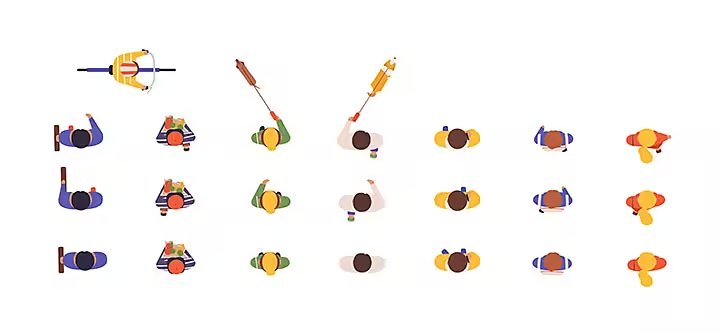Animation FEATURES
What is a walk cycle and how can I create one?
Creating a walking cycle is a great way to practise your animation skills. Knowing how to animate a walk is a key skill in the animator’s arsenal and one you’re likely to use regularly in your work. Discover how to get started with this process and create your own walking animations in this guide.




